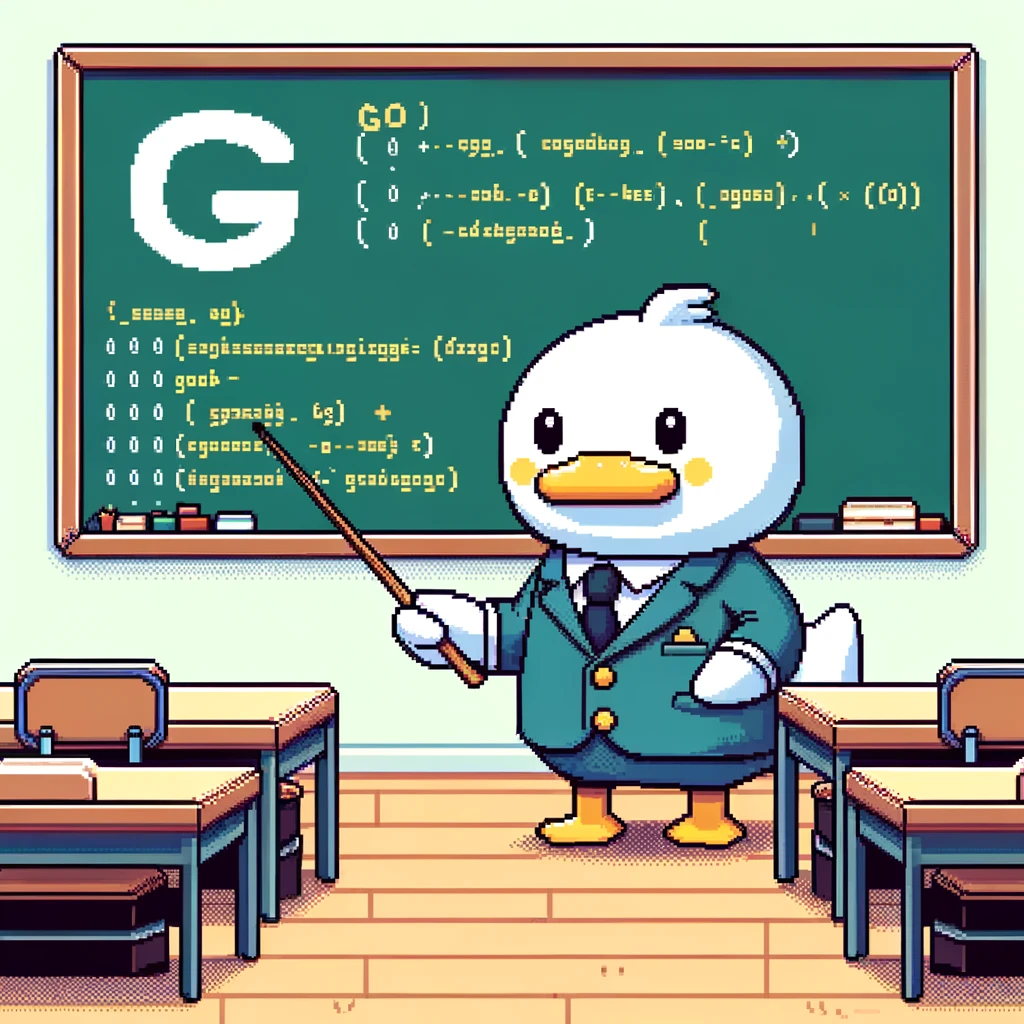Introduction to Go Basic Syntax
The basic syntax of the Go programming language is essential for writing efficient and readable code. Understanding the syntax rules and conventions is crucial for any developer looking to work with Go. In this blog post, we will dive into the basic syntax of Go and explore some examples to help you get started.
Variables and Data Types
In Go, variables are declared using the var keyword followed by the variable name and its type. Go is a statically typed language, which means that you need to specify the type of each variable at compile time. Here is an example of variable declaration in Go:
1
2
3
4
5
6
7
8
9
package main
import "fmt"
func main() {
var name string
name = "John"
fmt.Println(name)
}
In this example, we declare a variable name of type string and assign it the value “John”. We then print the value of the variable using the fmt.Println function.
Control Structures
Go supports various control structures like if-else statements, loops, and switch statements. Here is an example of an if-else statement in Go:
1
2
3
4
5
6
7
8
9
10
11
12
13
package main
import "fmt"
func main() {
num := 10
if num > 0 {
fmt.Println("Positive number")
} else {
fmt.Println("Non-positive number")
}
}
In this example, we check if the num variable is greater than 0 and print the appropriate message based on the result. Go also supports for loops, while loops, and switch statements for flow control.
Functions
Functions in Go are declared using the func keyword followed by the function name, parameters, and return type. Here is an example of a simple function in Go:
1
2
3
4
5
6
7
8
9
10
11
12
package main
import "fmt"
func add(a int, b int) int {
return a + b
}
func main() {
result := add(10, 20)
fmt.Println(result)
}
In this example, we define a function add that takes two integer parameters a and b and returns their sum. We then call the add function with arguments 10 and 20 and print the result.
Conclusion
The basic syntax of Go provides a solid foundation for building robust and performant applications. By understanding the syntax rules and conventions of Go, you can write clean and efficient code that is easy to maintain and debug. Whether you are a beginner or an experienced developer, mastering the basic syntax of Go is essential for your success in the language.
Applicable Versions
The basic syntax discussed in this blog post is applicable to all versions of the Go programming language. It lays the groundwork for more advanced features and concepts in Go, so mastering the basics is crucial for progressing to more complex topics. Start practicing with these examples and explore the vast capabilities of Go programming.
